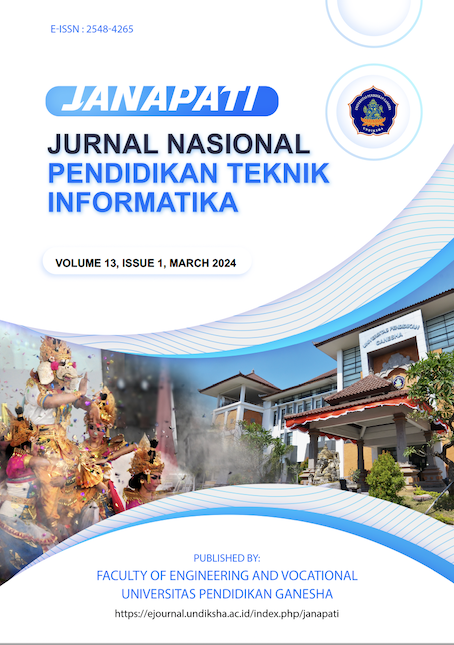[Must Read] Submission Preparation
To ensure a smooth publication process for your article and avoid initial rejection, ensure that the submission process and your article meet the following requirements:
1. The topic/theme of the article is in accordance with the focus and scope of the Janapati journal
2. The article has never been submitted and published to another publisher in any form of media (print/electronic). If there is duplication of publication, the author agrees to have the article removed from this journal.
3. Articles are written in English and arranged based on templates (download here) and author guidelines, with a minimum number of 10 pages. The submitted article files are in Microsoft Word format (doc/docx).
4. The number of scientific readings used in the bibliography is at least 20 titles (80% primary references and 20% secondary references). Primary references consist of journals, proceedings/papers, research reports, theses, theses, dissertations, while secondary references include general books and online sources of scientific information. Articles must use standard citation applications such as Mendeley or Zotero.
5. Make sure your article meets the maximum tolerance for similarity (plagiarism) of 20%, excluding bibliography and quotation.
6. Make sure you enter all authors completely (full name, affiliation, email, country) on the submission form. Apart from that, make sure the order of authors on the form matches the order of authors in the article.
7. Make sure you fill in the abstract in English, keywords, and references completely when submitting to the system.
Important notes:
The correspondence and notification process by the editor is carried out via registered email and via this website. Please be careful of any kind of fraud that misuses Janapati Journal.
















